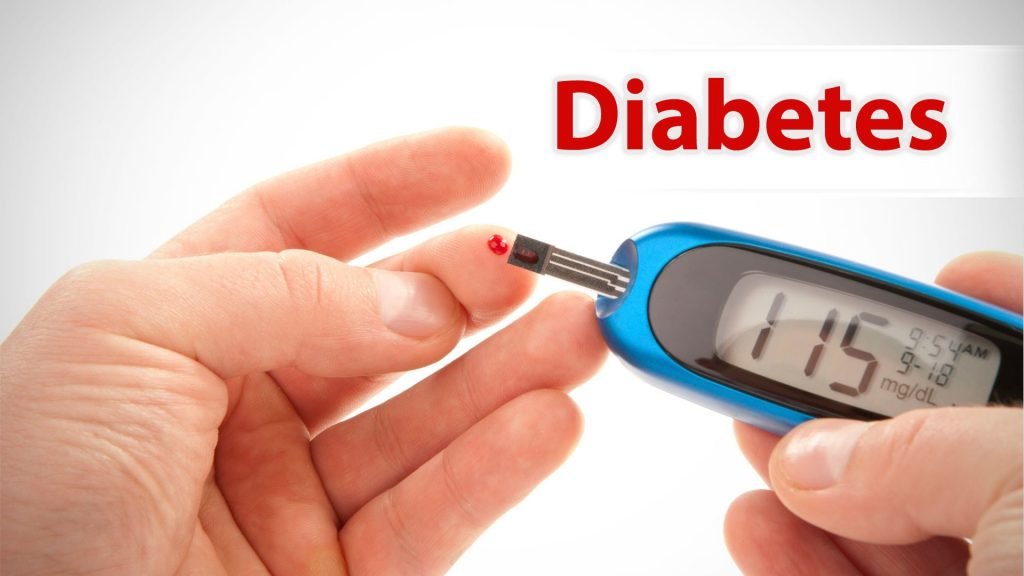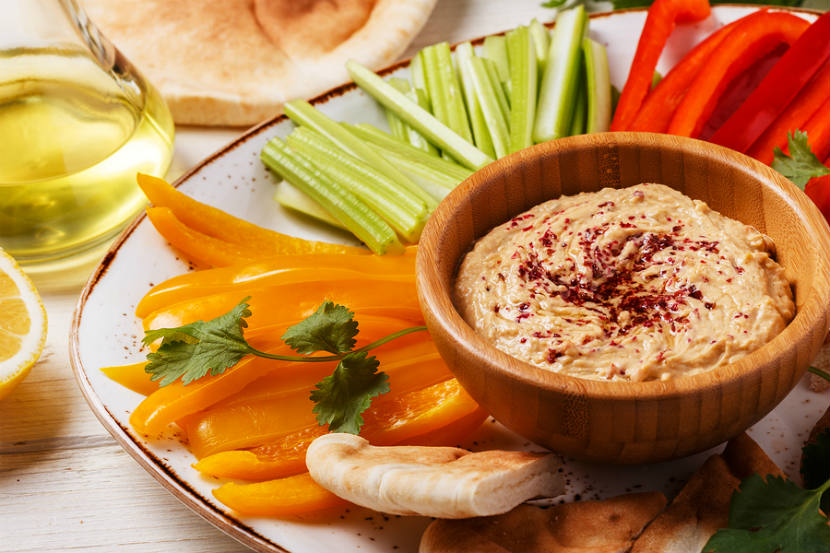Type 1 diabetes is one of those chronic conditions wherein the pancreas responsible for making insulin gets destroyed. As a result, your body cannot make insulin anymore. Insulin is a crucial hormone that assists your body cells in utilizing glucose to generate energy. Insulin permits the glucose from your food to pass into your cells via your bloodstream.
[su_accordion]
[su_spoiler title=”What are the best ways to take care of my blood sugar levels?” open=”no” style=”default” icon=”plus” anchor=”” class=””]People with type 1 diabetes should take insulin & medications regularly. The food you eat plays a crucial role in managing your blood glucose levels. A healthy diet with low carb foods, checking blood sugar as recommended by your doctor & regular exercise can help to keep blood sugar levels in moderation.[/su_spoiler]
[su_spoiler title=”Can people with type 1 diabetes fast?” open=”no” style=”default” icon=”plus” anchor=”” class=””]Yes, people with type 1 diabetes can fast but you need to consult your doctor first. If you have other health problems along with type 1 diabetes, your doctor might not recommend fasting. If your doctor is okay with it, you need to check your blood sugar more often & avoid sugary or fatty foods.[/su_spoiler]
[su_spoiler title=”Which foods trigger type 1 diabetes?” open=”no” style=”default” icon=”plus” anchor=”” class=””]People with type 1 diabetes should try to avoid junk foods, processed or refined sugar products like white bread, pasta, white rice, cookies, pastries and chips, trans fat products, high-fat milk, sodas, and other sugary foods.[/su_spoiler]
[su_spoiler title=”What is the best time to take insulin for type 1 diabetes?” open=”no” style=”default” icon=”plus” anchor=”” class=””]The best time to take long-acting insulin or regular insulin is 15 to 30 minutes before your meal. Rapid-acting insulin comes to effect within 15 minutes and should be taken just before your meal. Your doctor would recommend when and where to inject the insulin. [/su_spoiler]
[su_spoiler title=”What foods should I take to maintain my blood glucose levels?” open=”no” style=”default” icon=”plus” anchor=”” class=””]Increase the intake of foods like whole grain bread, plain yogurt, berries. Avocados, oats, brown rice, eat more fruits rather than juice, low-fat dairy products, salmon and shellfish & a list of other items.[/su_spoiler]
[su_spoiler title=”Can one lead a normal life with type 1 diabetes?” open=”no” style=”default” icon=”plus” anchor=”” class=””]Diabetes can have serious implications if left untreated. With early diagnosis and effective management, people with type 1 diabetes can live a healthy life and increase their life expectancy like a normal person.[/su_spoiler]
[su_spoiler title=”How often is diabetes check-up recommended?” open=”no” style=”default” icon=”plus” anchor=”” class=””]For people who take insulin shots, it is recommended to check with your doctor every 3 to 4 months. For people who are managing diabetes with medications or through die alone should have a check-up in at least 4 to six months.[/su_spoiler]
[su_spoiler title=”Will my skin become tan or brown after type 1 diabetes?” open=”no” style=”default” icon=”plus” anchor=”” class=””]Depending on your skin tone, it might make a patch of your skin darker. Excess insulin causes normal skin cells to produce more melanin, a pigment known to protect the skin from UV rays. Excess melanin production makes the skin darker.[/su_spoiler]
[su_spoiler title=”How often should I check my sugar levels with a glucometer?” open=”no” style=”default” icon=”plus” anchor=”” class=””]People with type 1 diabetes need to check their blood glucose levels at least four times a day with the help of a glucometer. You can test it before & after meals or before and after exercise is recommended.[/su_spoiler]
[su_spoiler title=”Is type 1 diabetes common in both men & women?” open=”no” style=”default” icon=”plus” anchor=”” class=””]Type 1 diabetes is common in both men and women before 40 years of age. However, type 1 diabetes can cause major health complications for women as compared to men.[/su_spoiler]
[/su_accordion]
Once the cells receive enough glucose, the extra amount now called the blood sugar is stored in your liver and muscular tissues in the form of glycogen. Whenever you need instant energy during exercise, between meals, or while sleeping, this glycogen is converted into blood sugar and instantly released for an energy boost.
Patients of type 1 diabetes have lower insulin levels and therefore cannot process glucose and it cannot be converted or stored into the cells by itself. As a result, your bloodstream gets loaded with too much glucose which in turn causes various short-term or long-term health issues.
Type 1 Diabetes Symptoms
Some common symptoms of type 1 diabetes include blurred vision, excessive hunger, fatigue, excessive thirst, dramatic weight loss over a short time, and frequent urination. Some patients may develop a complication called ketoacidosis, which involves rapid breathing, nausea, dryness of skin and mouth, flushed face, stomach pain, vomiting, and fruity breath odor. If you encounter any or all of the symptoms of type 1 diabetes, you should rush to consult your doctor. A person with symptoms of ketoacidosis requires immediate attention under a medical emergency.
Difference Between Type 1 and Type 2 diabetes
Diabetes can be either type 1 or type 2. Most of the symptoms are similar and may cause the same complications over time. However, both are considered to be different diseases. In type 1 diabetes, the body stops producing insulin on its own. You need to take insulin supplements for moving glucose from your bloodstream into your body cells.
In type 2 diabetes, your body cells stop responding to insulin. As a result, your body struggles in moving glucose from the bloodstream into your cells, despite the presence of adequate levels of the insulin hormone. The obvious symptoms of type 1 diabetes may develop quickly, while the condition of type 2 diabetes may take years to develop. Both conditions are caused by different risk factors.
Type 1 Diabetes Causes
The precise causes of type 1 diabetes are not well known. It is considered an autoimmune disease wherein the immune system of your body mistakenly attacks pancreatic beta cells responsible for making insulin. However, the reasons causing this reaction are still unknown. It is believed that genetics and environmental elements like viruses may play an active role in causing the condition.
Type 1 Diabetes Diagnosis
A series of tests are conducted to diagnose type 1 diabetes. Some are quick with rapid results; others may take hours of preparation and monitoring. Patients of type 1 diabetes are primarily checked for the following criteria:
Their fasting blood sugar must be greater than 126 mg/dL in two separate tests.
Their random blood sugar must be greater than 200 mg/dL showing symptoms of diabetes.
Their hemoglobin A1c content must be greater than 6.5 in two separate tests.
Similar criteria are used for diagnosing type 2 diabetes.
Treatment for Type 1 Diabetes
Once you are diagnosed with type 1 diabetes, your body ceases to make insulin by itself. Therefore, you need to take insulin so that your body can effectively utilize the sugar from your bloodstream. Here are some of the treatments prescribed to patients with type 1 diabetes:
Insulin injections
Type 1 diabetes patients need to take insulin each day through an injection. Some patients may use a pump to inject insulin through the skin. Instant insulin doses help in balancing blood sugar levels. You also need to regularly check your blood sugar to identify the exact dose of insulin required.
Metformin
Some patients may be given an oral medication called Metformin to cure type 1 diabetes. It is especially effective for people who develop insulin resistance along with type 1 diabetes. The medication helps in lowering blood sugar by reducing its production in the liver.
Vaccines
Your doctor may prescribe a tuberculosis vaccine to treat type 1 diabetes. The vaccine bacillus Calmette-Guérin (BCG) is proven to stabilize blood sugar levels for a long time.
Other over-the-counter medications
Various medications like Sotagliflozin (Zynquista) have been experimented to treat patients with type 1 diabetes alongside insulin. These medications work by reducing glucose levels in the bloodstream by forcing glucose expulsion via urine and reducing the absorption of glucose in the gut.
Exercise and diet
Patients of type 1 diabetes must eat regular meals to keep blood sugar levels stable. A certified dietitian can help you make an effective diet plan. Regular light-weight exercises such as aerobics, strength training, and resistance training also help in stabilizing blood sugar levels.





